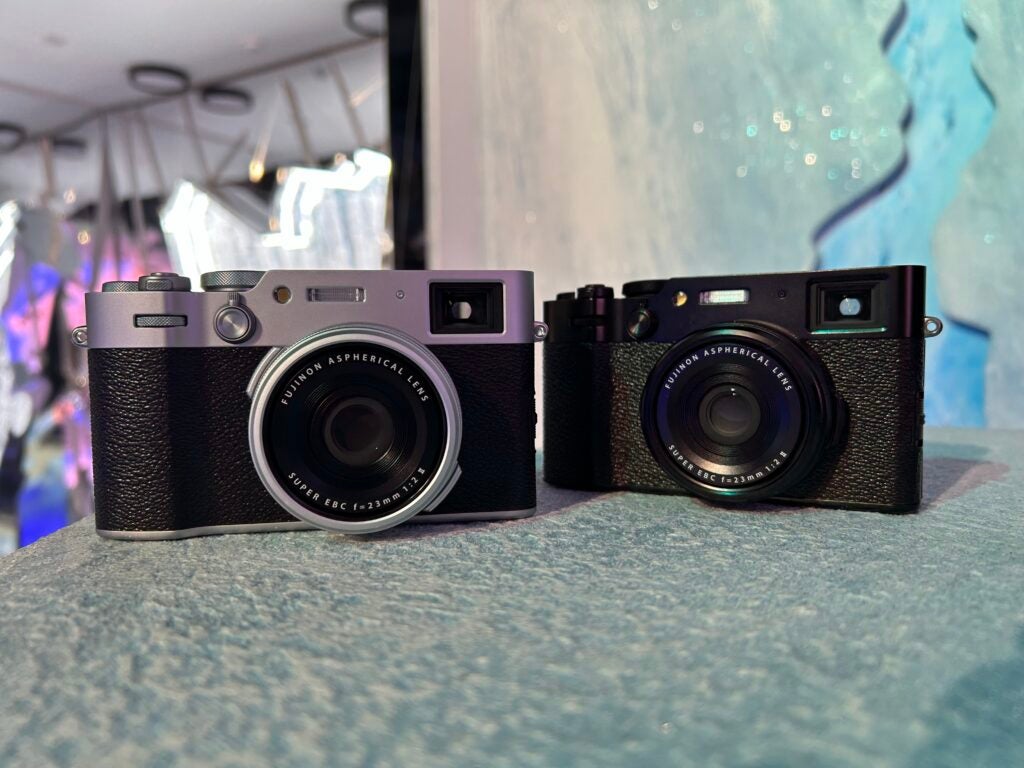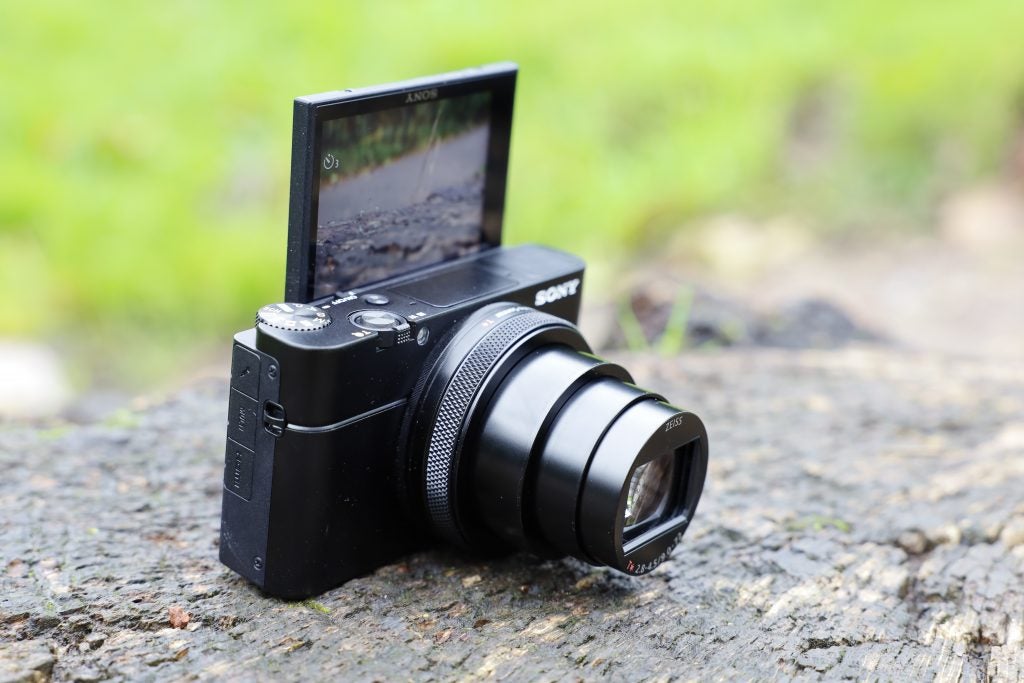Fujifilm recently announced its newest compact camera, the Fujifilm X100VI. Here’s how it compares to one of our all-time favourite compact models, the Sony RX100 VII.
The Fujifilm X100VI and Sony RX100 VII don’t share much when it comes to visuals. However, move beyond the design and you’ll find a good number of similarities between these two digital cameras, from matching 20fps burst modes to advanced AF skills and even a recent push into video.
Keep reading to learn more about how the two cameras compare.
The Fujifilm X100VI boasts a bigger sensor
The Fujifilm X100VI has a higher resolution sensor than the Sony RX100 VII in the new 40.2-megapixel X-Trans CMOS 5 HR image sensor. The APS-C sensor is also larger than the 1-inch 20.1-megapixel Exmor RS CMOS sensor found in the RX100 VII, meaning it should deliver better low-light performance and less noise.
The Sony RX100 VII comes with a more versatile lens
The subject of lenses can be subjective at the best of times. Often which lens you opt for hinges on the types of photos you like to capture or the style you want to achieve. This is even more important when choosing a compact camera as, without a conversion lens, the model you choose will determine the lens you get.
This also means that the lens on the camerasmust be versatile enough to suit a range of needs.
Sony and Fujifilm have opted for different angles in this case. The 24-200mm f/2.8-4.5 lens on the Sony RX100 VII has a longer focal length and broad zoom range, allowing you to get up close and personal with your subject without sacrificing clarity. This makes the camera well-suited to shooting sports events and pets, among other things.
The Fujifilm X100VI, on the other hand, comes with a 23mm f/2.0 lens. This lens delivers the equivalent to a 35mm focal length on a full-frame camera and has a slightly lower aperture, meaning you should be able to get a bit more bokeh in portraits. 35mm is a great choice for street photography, but it doesn’t allow you to zoom in close the way Sony’s telephoto lens does.

The Fujifilm X100VI features a hybrid viewfinder
One of the more unique features across the Fujifilm X100 Series is the hybrid viewfinder. This viewfinder style allows photographers to switch between an optical viewfinder and an EVF at will.
The camera also includes an Electronic Range Finder function that gives you the option to display a small EVF on the OVF to get a magnified look at your subject.
The Sony RX100 VII has its own nifty viewfinder design in the form of a one-push pop-up OLED viewfinder. The pop-up viewfinder is a handy way to frame shots in bright environments and pops safely back into the camera to keep the design super compact.
The Sony RX100 VII can shoot at up to 90fps
Finally, there’s Sony’s Single Burst Shooting function which allows photographers to capture seven consecutive shots at an astounding 90fps.
If you want to shoot blackout-free and retain AF tracking, you’re better off sticking to the standard 20fps burst mode when capturing action-packed moments. The Fujifilm X100VI is also capable of shooting at 20fps so you won’t be missing out unless you really need that 90fps option.

The Fujifilm X100VI has up to 6.0 stops of IBIS
Both the Fujifilm X100VI and the Sony RX100 VII benefit from forms of image stabilisation, which helps to reduce shake when shooting handheld, in low-light or, in the case of the RX100 VII, when using the lens at telephoto range.
However, where the X100VI includes up to 6.0 stops of IBIS, the RX100 VII is limited to 4.0 stops of OIS. This makes the X100VI better equipped to eliminate shake.











